

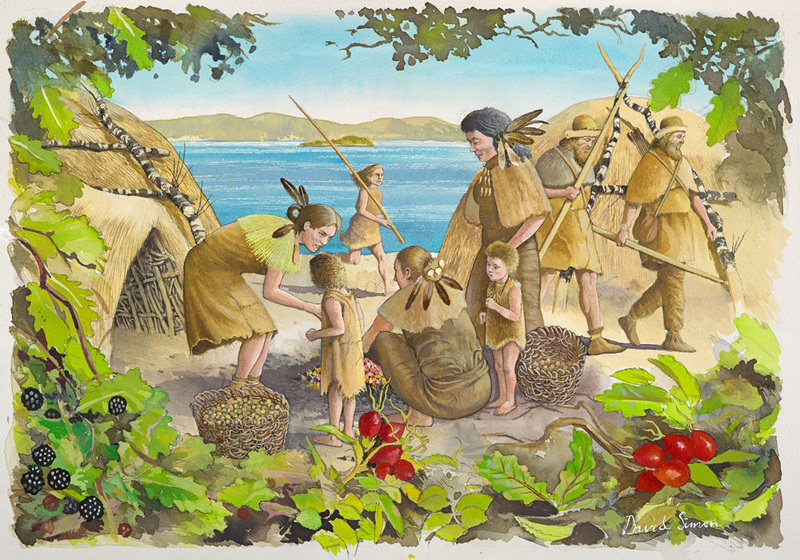
Cramond is situated in the north-west of Edinburgh, on the east bank of the River Almond where it flows into the Firth of Forth. Here, at the close of the last ice age, hunter-gatherers frequented the raised beach where they left the waste from their flint working. This makes Cramond the oldest known site of human habitation in Scotland.
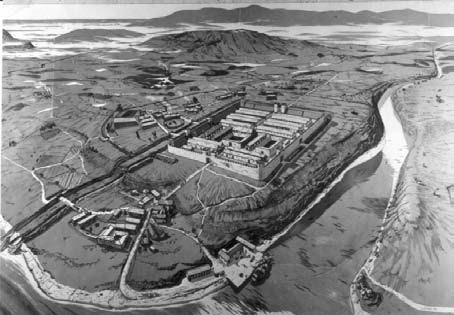
Much later, the Romans chose the site using the river mouth as their harbour. Above it they built a fort and nearby there grew up a native village. Caer Amon (the fort on the river) played a unique part in the campaigns north of Hadrian’s Wall. Nor was that all, for Roman influences seem to have lingered here right into the Dark Ages. Certainly the Kirk, built at an early date with Roman stones on a Roman site, has proved a permanent legacy.
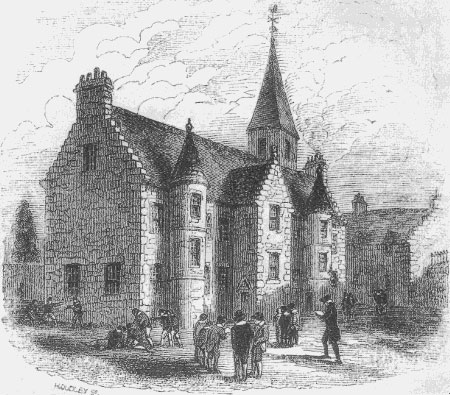
The village reappears as Bishop's Cramond in the 15th century. The Bishop of Dunkeld had a residence in Cramond Tower; he received the parish teinds and appointed and paid a priest to conduct services in an east-to-west facing church. The Reformation changed all that, though it was not till the middle of the 17th century that the Kirk was actually rebuilt in a form designed for Presbyterian worship; of the medieval church the tower remains today. The parish extended from Granton to Turnhouse; the village (Nether Cramond) lived by fishing and coastal trading, and stood in the shadow of the Tower where a Covenanting Edinburgh merchant had displaced the bishop.
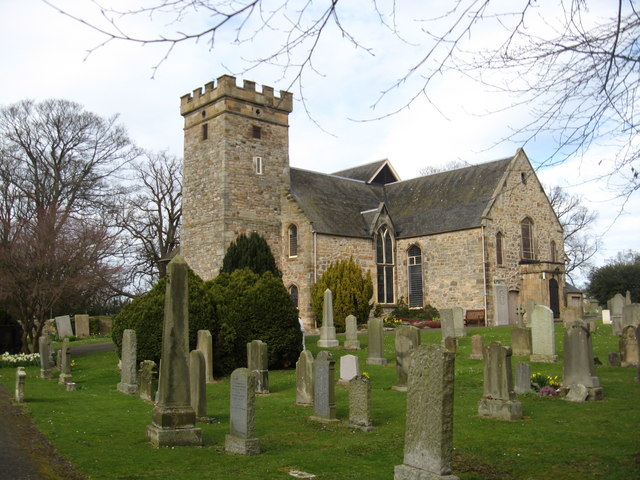
After the Revolution of 1689 a final and sustained attempt was made to impose the full rigours of Presbyterianism. Discipline was gradually relaxed in the 18th century but the Kirk maintained its near-monopoly and its influence permeated every aspect of life. Meanwhile the landowners were introducing new farming methods, building fine mansions and planting the trees that still give us pleasure, while on the river bank the iron mills were providing a new kind of work for the villagers.
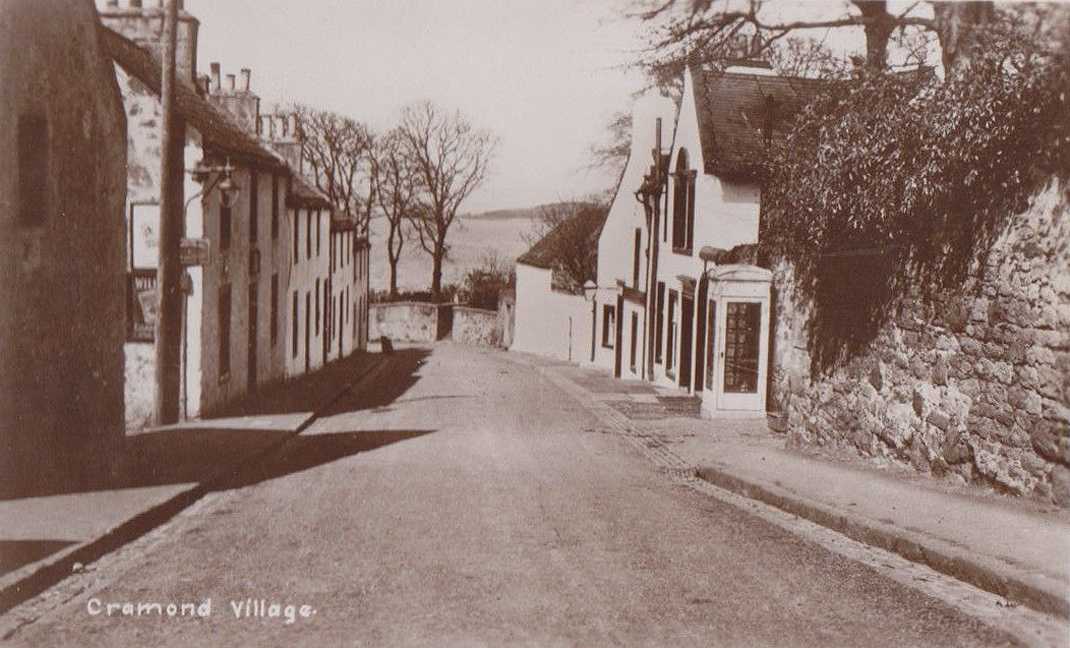
Cramond declined in the 19th century. An 'improving' landlord destroyed half the village and the 'Disruption' deprived the Kirk of its unique position. The Age of Steam finally put an end to the water-powered iron mills and though Granton took on a new importance with its harbour, all its economic links were now with Edinburgh not with the rest of the Parish. Strategically placed on the road system, Davidson's Mains developed, and Cramond, on the road to nowhere, became little more than its satellite. Members of the Church of Scotland still came down from Davidson's Mains to the old Kirk in Cramond but now they met Cramond folk going up to the Free Kirk in Davidson's Mains. When a Cramond Parish Kirk Hall came to be built it was built in Davidson's Mains not Cramond.
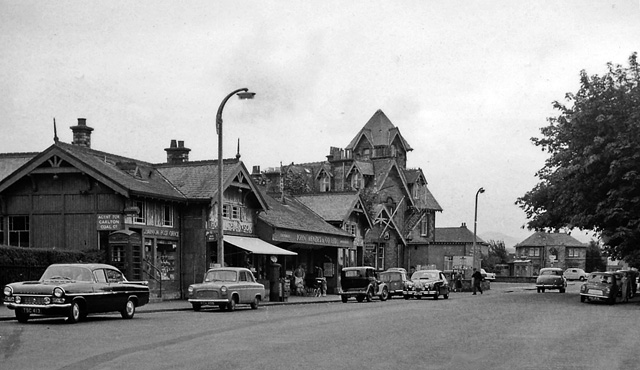
A new age began for Cramond just before the end of the 19th century with the opening of the Princes Street to Barnton railway line. In what had been the minister's glebe there appeared new houses inhabited, some of them only in the summer months, by a new type of resident.
In the morning Father would set off in Henry Baillie's wagonette for Barnton Station en route for his work in town. The children, too, continued to attend their town schools but could look forward to the long summer evenings on the quiet unspoiled beach or up the river. Down by the riverside the click of bowls could be heard, and the Boat Club (no fibreglass in those days!) became an institution. Cramond might have its commuters but it was still a country village.
Those days have been gradually eroded by the internal combustion engine and in the course of the 20th century Cramond has been swallowed up in suburban Edinburgh. Yet so many old buildings still stand. To protect them and their surroundings from inappropriate development the Cramond Association was formed.
(courtesy of Edinburgh Evening News)
The Old Parish of Cramond is one of Scotland’s oldest inhabited communities and contains several historic sites and matters of interest. There are the Mesolithic site, the Roman remains and the River Almond valley which had many old mills. Some of them were converted to produce iron and they were the forerunners of the Scottish Iron Works.
There are many picturesque views to be had along the banks of the Firth of Forth – across to Fife and upstream to the Forth Bridges - and the islands that sit mid-estuary have a rich and varied history. And add to this the rich vein of geological history, the influential role of the landowners and their mansion houses, and Cramond Kirk, its Ministers and their role in the history of the Church in Scotland. With all of this around, you can begin to imagine the wealth of interest that these generate for many visitors to our part of Edinburgh.
To enable you to learn more of these matters of interest, we have set out a series of information leaflets about Cramond’s history and of the people that have lived in Cramond and its environs. The leaflets support the interpretation of the scenery and landscape that lie before you as you walk around Cramond, along the River Almond or by the esplanade of the Firth of Forth. Others list some of the stories and legendary tales that have been passed down through the generations.
The text and design of this leaflet were developed by Lisa Randall, University of Edinburgh, and members of Lothian and Borders GeoConservation. The photographs were supplied by Lisa Randall, and John Dods of the Cramond Heritage Trust.
DownloadDrawn from the research undertaken by Bill Weir and John Dods on the Mansion Houses of the Old Parish of Cramond, this leaflet will guide you around the memorials of some of the estate owners.
DownloadThere are many stories of old that are told about life in and around Cramond. This leaflet seeks to give an insight into the variety of tales passed down through the generations.
DownloadFollowing the issue of the ‘Tales of Legend’ leaflet, we were requested to relate some of the other tales that have been passed down and are still referred to. These speak of many of the people who live on in the local place names around Cramond.
Download